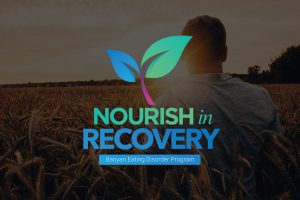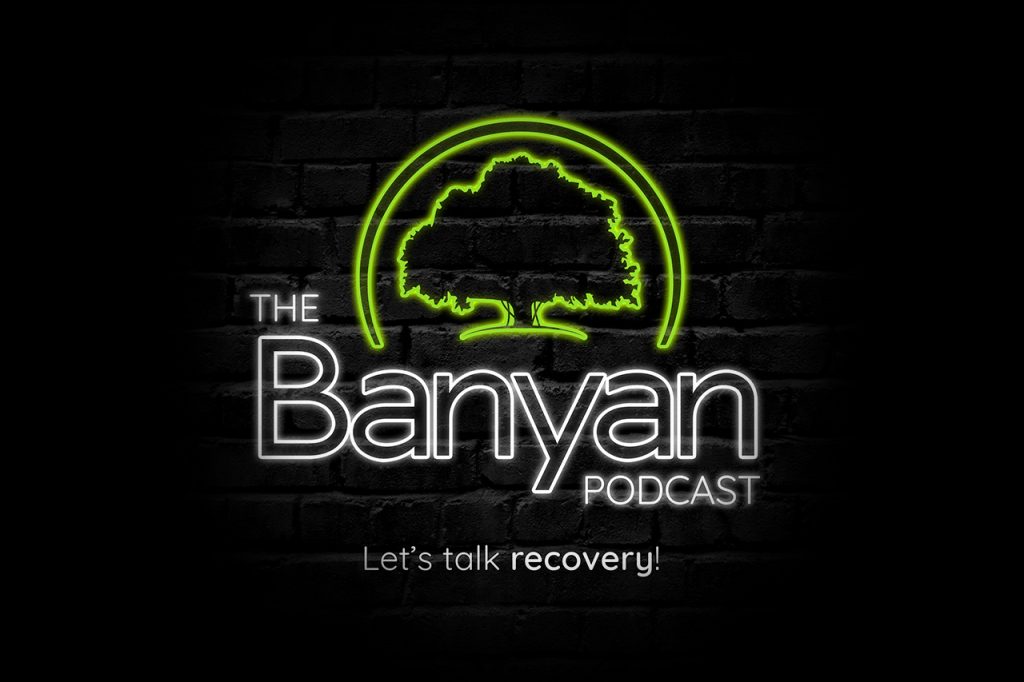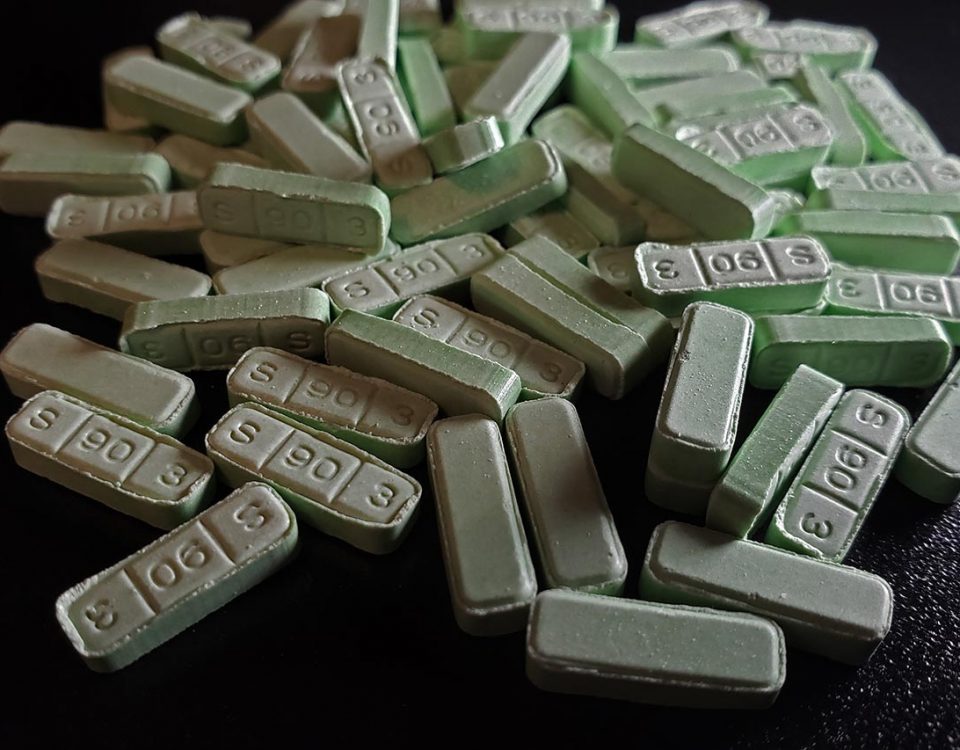Angus Cloud, widely recognized for his role as Fezco in the television series "Euphoria," tragically passed away from an overdose on July 31, 2023. This unfortunate event serves as a stark reminder of the consequences of substance abuse, shedding light on the critical issues surrounding addiction and its devastating impact on individuals, families, and communities. As a leader in the addiction field with numerous addiction treatment facilities across the country, we believe it is essential to examine the circumstances surrounding Angus Cloud's overdose and reflect on the broader societal challenges posed by substance abuse. Keep reading to learn more about the urgency of addressing addiction and enhancing support systems for those affected by drugs and alcohol in a medically informed and compassionate manner.
What Did Angus Cloud Overdose On?
Euphoria actor Angus Cloud overdosed on fentanyl, cocaine, methamphetamine, and benzodiazepines at the age of 25. Although the extent of the actor’s substance use is unclear, his overdose follows the death of his father. Many believe the actor struggled with this loss and thus resorted to substance use to cope.
What happened to Angus Cloud is not abnormal, as fentanyl, along with other prescription drugs, wreaks havoc on the U.S. Below is a breakdown of the drugs involved in Angus Cloud’s death and how they impact the body.
Fentanyl
Fentanyl is a potent synthetic opioid drug medically approved for use as an analgesic (pain relief) and anesthetic. However, as one of the most potent opioids in existence, fentanyl has become a source of substance abuse for many, including celebrities like Cloud. Fentanyl works by binding to specific receptors in the brain and spinal cord (central nervous system). When attached, it induces a powerful analgesic effect, reducing pain perception. However, its extreme potency poses numerous dangers.
The rapid and intense effects of fentanyl can lead to respiratory depression, where breathing becomes slow and shallow, potentially resulting in oxygen deprivation and, in severe cases like that of Cloud’s, death. What’s more, the drug’s potency makes it particularly susceptible to overdose, as even a small miscalculation in dosage can be life-threatening.
Additionally, fentanyl is made with various substances when sold on the streets, increasing the risk of unintentional overdose. Its dangers are compounded by its addictive nature, as users may develop a physical and psychological dependence, further contributing to the opioid crisis. Fentanyl abuse demands heightened awareness, prevention efforts, and access to addiction treatment centers and support services to mitigate its devastating consequences.
Cocaine
Another substance involved in Angus Cloud’s overdose was cocaine, a powerful stimulant drug derived from the leaves of the coca plant. It blocks the reuptake of neurotransmitters like dopamine, norepinephrine, and serotonin in the brain, resulting in euphoria, alertness, and energy.
Like fentanyl, cocaine use carries significant dangers, including elevated heart rate and blood pressure and a heightened risk of heart problems like heart attacks and arrhythmias. Moreover, long-term cocaine use may result in severe addiction and various physical and mental health issues, such as psychosis and cognitive impairments.
In recent years, there has been an alarming association between cocaine and fentanyl. Illicit drug suppliers sometimes put fentanyl in cocaine without the user's knowledge. This combination is life-threatening, as the stimulant effects of cocaine can mask the sedative effects of fentanyl, increasing the risk of overdose. The practice of distributing and using fentanyl-laced cocaine highlights the need for heightened awareness and harm reduction strategies to address the intersecting dangers of these two drugs, particularly within the context of the ongoing opioid crisis.
Methamphetamine
Methamphetamine, commonly known as meth, is a powerful (CNS) stimulant. Like cocaine, it functions by increasing release and inhibiting the reuptake of neurotransmitters like dopamine and norepinephrine, resulting in heightened energy, alertness, and euphoria.
However, like cocaine abuse, the use of methamphetamine comes with severe dangers. Chronic abuse can lead to addiction and a wide range of physical and psychological health problems, including dental issues (meth mouth), cardiovascular complications, anxiety, paranoia, and cognitive impairments.
Like cocaine laced with fentanyl, the association between methamphetamine and fentanyl has emerged as a significant concern. Illicit drug suppliers sometimes mix fentanyl with methamphetamine to create a potent concoction. However, this combination can be lethal, as users are often unaware of the presence of fentanyl as well as its dangers, especially when they are expecting the stimulant effects of meth.
Benzodiazepines
Unlike meth and cocaine, benzodiazepines (benzos) are commonly prescribed medications to treat conditions such as anxiety, insomnia, and seizures. Benzos work by enhancing the activity of a neurotransmitter called gamma-aminobutyric acid (GABA) in the brain. GABA is an inhibitory neurotransmitter that helps regulate neural activity, leading to a calming and sedative effect.
Benzos are known to kick in quickly, providing relief from symptoms of anxiety or insomnia. However, while they may be common medications, benzos also come with risks. Benzodiazepines have a high potential for tolerance, dependence, and addiction, particularly when used over an extended period.
Additionally, quitting these drugs without the support of a medical detox team can result in withdrawal symptoms, including anxiety, insomnia, and seizures. Moreover, when misused or combined with other substances, such as alcohol or opioids, benzodiazepines can lead to respiratory depression and overdose, which was the case in Angus Cloud’s drug overdose.
With multiple Banyan locations across the country, our facilities offer addiction treatment for opioids, benzos, cocaine, and more. With decades of experience on our side, our teams are equipped to help individuals with the most severe of addictions regain their sobriety.
Celebrities and Substance Abuse
Substance abuse has been a prominent and concerning aspect of the entertainment industry for decades. While not unique to this group, celebrities often face unique challenges and pressures that can contribute to substance abuse. Below are some of the major reasons for the use of drugs in the entertainment industry and why celebrities like Cloud have lost their lives to them.
- Pressure and stress: Celebrities frequently experience intense pressure and stress due to the demands of their careers, public scrutiny, and expectations for continuous success, all of which can lead an individual to use drugs or alcohol as a coping mechanism.
- Access and resources: Celebrities often have greater access to drugs and alcohol due to their financial resources and social circles, which can make it easier for them to develop and sustain drug-taking habits.
- Performance and creativity: There is an ongoing belief in the entertainment industry that certain drugs can enhance creativity or performance. For this reason, some celebrities may experiment with or misuse drugs to improve their abilities, often with detrimental consequences.
- Social influence: Peer pressure and social influence are particularly pronounced in the entertainment industry, and being surrounded by individuals who also use substances can normalize and encourage drinking and drug-taking behavior.
- Media and public image: Public exposure and scrutiny can contribute to a cycle of substance abuse, as many celebrities turn to drugs and alcohol to cope with the stress of media attention or to maintain the image of a glamorous, carefree lifestyle.
- Personal struggles: We often forget that behind the glamour is simply a human being. Many celebrities experience hardships in their personal lives, such as the loss of a loved one. However, their access to drugs and the finances to obtain them often make celebrities victims of tragedies such as overdose.
Substance abuse can have heartbreaking consequences in the lives of celebrities, including overdose deaths and ruined careers. These high-profile cases serve as stark reminders of the dangers of addiction.
Experienced in working with celebrities like Brandon Novak, Mike “The Situation” Sorrentino, and Luke Wollet, Banyan Treatment Centers offers help to individuals of all backgrounds and occupations.
We extend our condolences to the Cloud family as well as those who have lost loved ones to overdose. If you or someone you care about is battling addiction, do not wait to get help. Call Banyan today at 888-280-4763 to reach out online to learn more about our rehab locations and levels of addiction care.




















